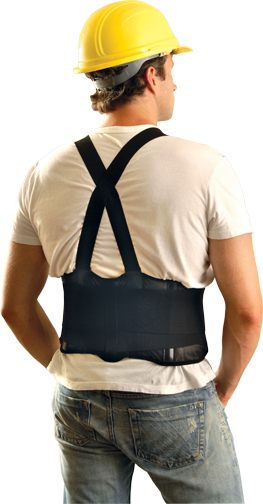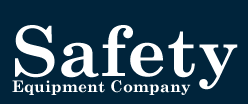Ergonomic
Click on the Company Logos to visit the Manufacuter Web Sites.

T
There are five aspects of ergonomics: safety, comfort, ease of use, productivity/performance, and aesthetics. Based on these aspects of ergonomics, examples are given of how products or systems could benefit from redesign based on ergonomic principles.
Safety - Medicine bottles: The print on them could be larger so that a sick person who may have impaired vision (due to sinuses, etc.) can more easily see the dosages and label. Ergonomics could design the print style, color and size for optimal viewing.
Comfort - Alarm clock display: Some displays are harshly bright, drawing one’s eye to the light when surroundings are dark. Ergonomic principles could redesign this based on contrast principles.
Ease of use - Street Signs: In a strange area, many times it is difficult to spot street signs. This could be addressed with the principles of visual detection in ergonomics.
Productivity/performance - HD TV: The sound on HD TV is much lower than regular TV. So when you switch from HD to regular, the volume increases dramatically. Ergonomics recognizes that this difference in decibel level creates a difference in loudness and hurts human ears and this could be solved by evening out the decibel levels. Voicemail instructions: It takes too long to have to listen to all of the obvious instructions. Ergonomics could address this by providing more options to the user, enabling them to easily and quickly skip the instructions.
Aesthetics - Signs in the workplace: Signage should be made consistent throughout the workplace to not only be aesthetically pleasing, but also so that information is easily accessible.
Outside of the discipline itself, the term 'ergonomics' is generally used to refer to physical ergonomics as it relates to the workplace (as in for example ergonomic chairs and keyboards). Ergonomics in the workplace has to do largely with the safety of employees, both long and short-term. Ergonomics can help reduce costs by improving safety. This would decrease the money paid out in workers’ compensation. For example, over five million workers sustain over extension injuries per year. Through ergonomics, workplaces can be designed so that workers do not have to overextend themselves and the manufacturing industry could save billions in workers’ compensation. Workplaces may either take the reactive or proactive approach when applying ergonomics practices. Reactive ergonomics is when something needs to be fixed, and corrective action is taken. Proactive ergonomics is the process of seeking areas that could be improved and fixing the issues before they become a large problem. Problems may be fixed through equipment design or task design. Equipment design changes the actual, physical devices used by people. Task design changes what people do with the equipment. Environmental design changes the environment in which people work, but not the physical equipment they use. Call us today at 417-862-2238 for more information.






